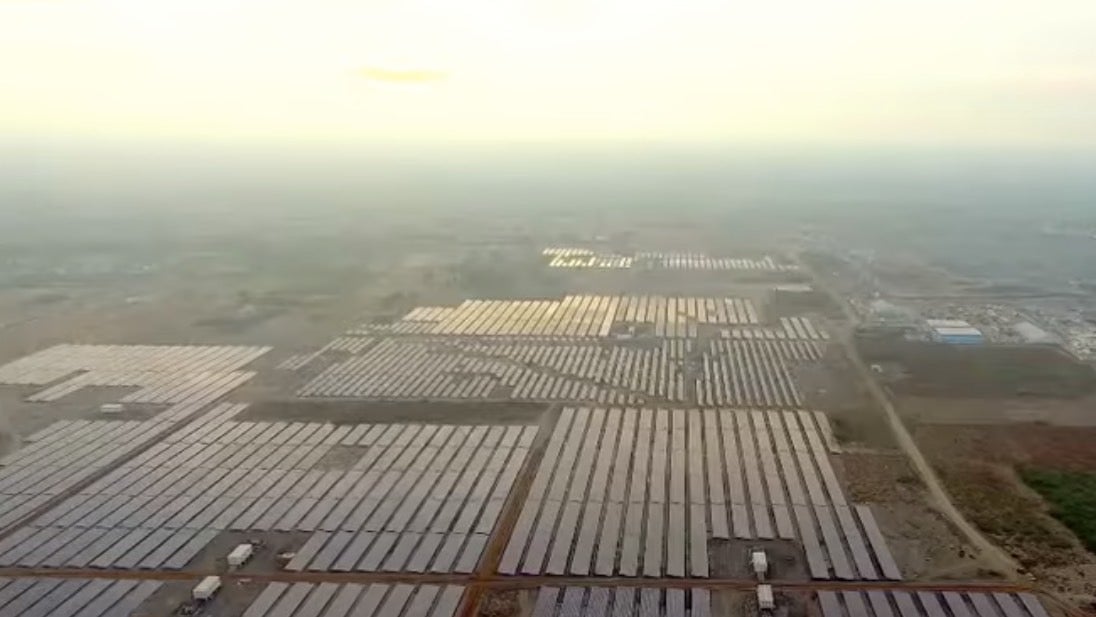India built the world’s largest solar plant in record time
India’s push for solar power is gaining steam.


India’s push for solar power is gaining steam.
At the end of November, the country turned on the world’s largest solar power plant spanning 10 km sq in Kamuthi in the state of Tamil Nadu. It packs 648 megawatts of power—nearly 100 more than California’s Topaz Solar Farm, which was previously the largest solar plant at a single location. At full capacity, the Kamuthi plant can provide enough electricity to power around 150,000 homes.
The Rs45.5 billion ($679 million) solar project consists of 380,000 foundations, 2.5 million solar modules, 576 inverters, and 154 transformers, according to the Deccan Chronicle. Each day, the plant is cleaned by a robotic system that is charged by its own solar panels, Al Jazeera reported.
The Kamuthi solar plant, backed by the Ahmedabad-based conglomerate Adani Group, was constructed in an impressive eight months. In comparison, Topaz took over two years and cost nearly $2.5 billion to build. On the south Indian site, 8,500 men installed an average of 11 megawatts-worth of equipment each day to complete the project in time.
A year after India’s prime minister Narendra Modi championed the International Solar Alliance at the UN Climate Change Conference in Paris, the country is making clear moves to reduce dependency on fossil fuels. Prior to the inauguration of the latest plant, India already made it to the list of a handful of countries across the world that generate more than 10 gigawatts of solar power, according to Indian renewable energy consultancy Bridge to India. The government wants to raise $1 trillion to quadruple current global solar power to 1 terawatt by 2030, and there are already plans to create solar parks even bigger than Kamuthi in Andhra Pradesh.
Still a coal-dependent economy
With the latest plant, India may be on track to become the third-largest producer of solar power across the world by next year, trailing China and the US. But the country’s reliance on coal is still strong.
India has pledged that coal will generate only 60% of its electricity by 2030, but that seems a tall order when over 80% of the country’s electricity comes from the fossil fuel today. Additionally, the country’s coal output continues to increase, and is expected to double by 2020 (from 2015 numbers).
Moving towards renewable energy could alleviate worsening pollution in India. Cities like New Delhi, where air quality levels are regularly well above double the “hazardous” level set by the US embassy, could benefit significantly from the lower carbon emissions.